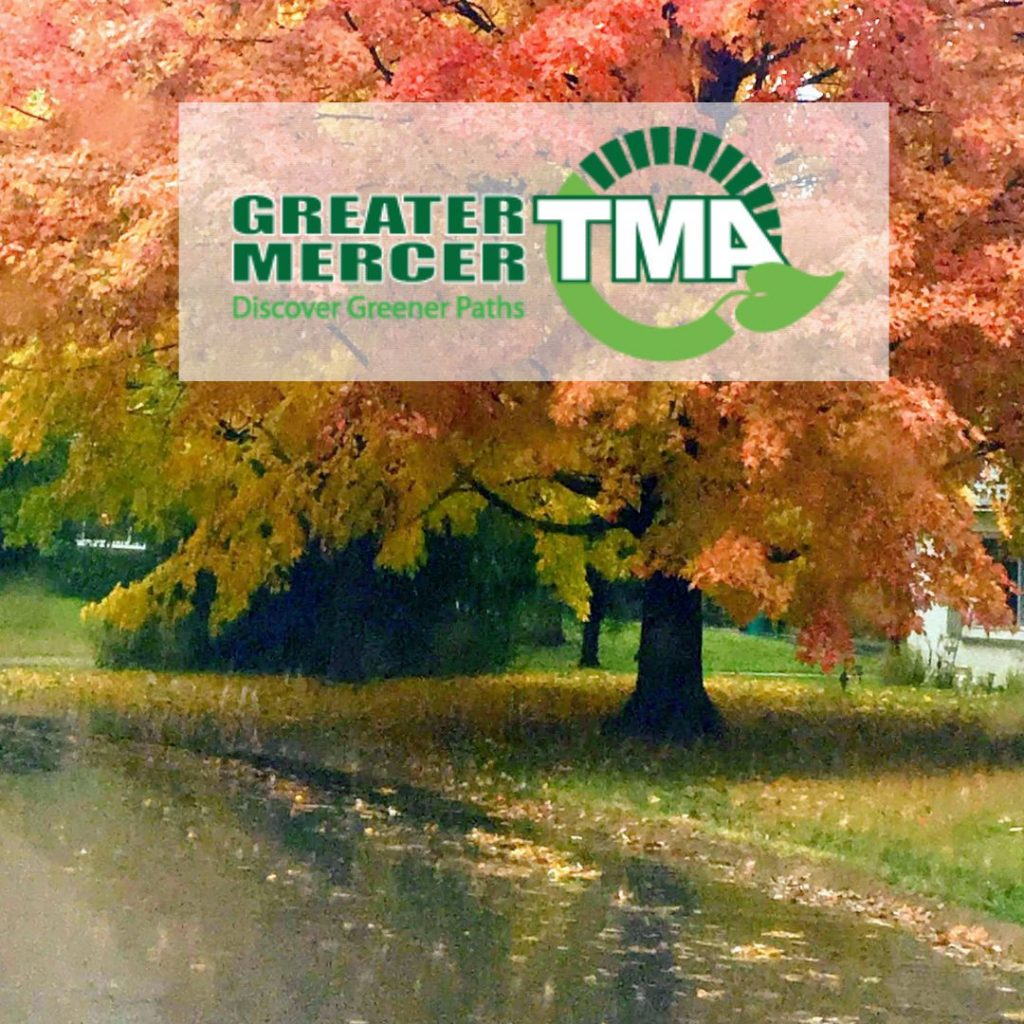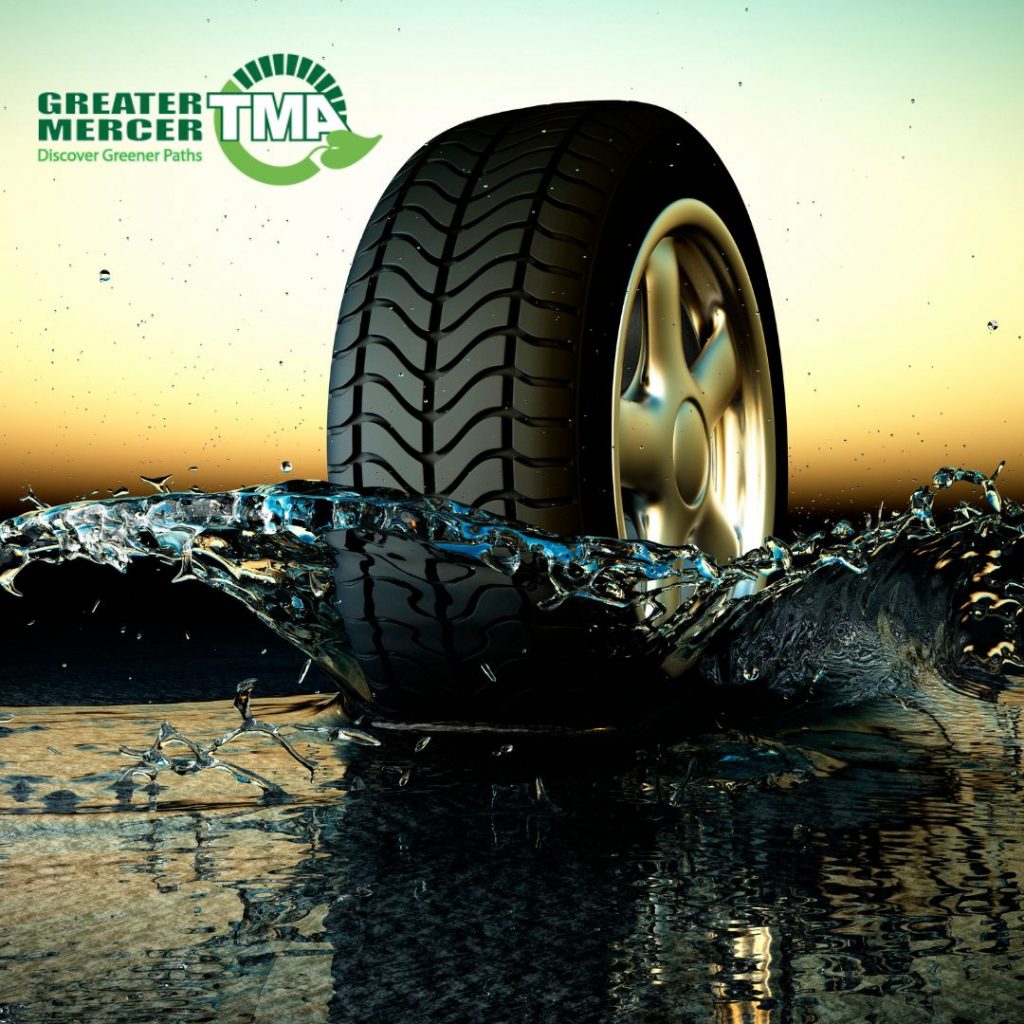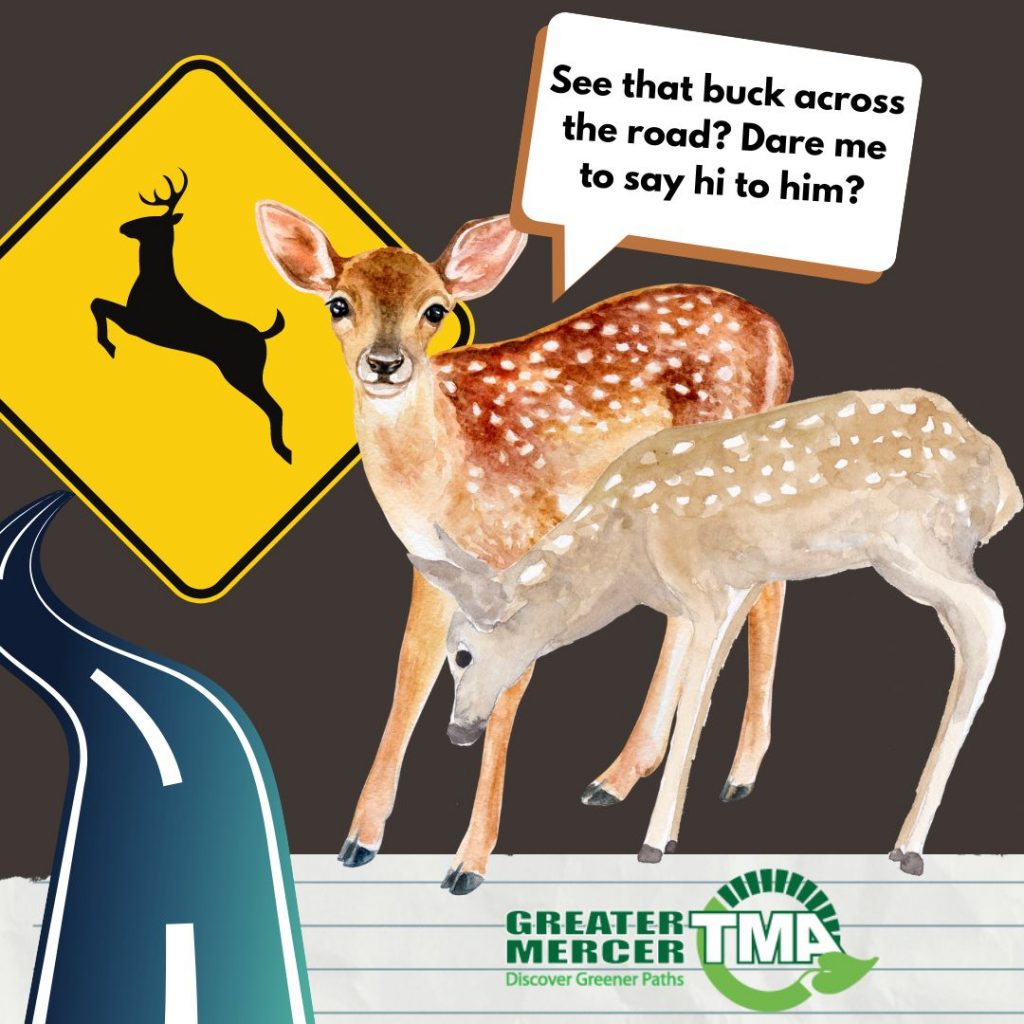
Fall is officially here and it’s a great time to be outside! With the leaves falling and the weather getting cooler, there’s no better time to go for a walk or run. But before you do, make sure you’re taking all the necessary precautions to stay safe.
Wet leaves can make roads and sidewalks slippery, so be sure to watch your step and drive cautiously. The leaves can also clog storm drains, causing flooding and an increased chance of hydroplaning. Hydroplaning happens when the tires on your vehicle lose their grip on the road’s surface and instead travel on a film of water sitting on top of the road. Hydroplaning dramatically reduces a driver’s ability to steer and brake. Here is what you should do if hydroplaning occurs while you’re driving.
Stay calm and steer into the skid. The first step in dealing with hydroplaning is to avoid panic. If you find yourself in this situation, do not slam on the brakes! Instead, apply firm pressure to the steering wheel and keep your vehicle straight. Steering into the skid will help regain traction for your tires.
Take it easy! Once you’ve regained control of your vehicle, slow down gradually until you reach a safe speed. If you’re still driving at high speeds when it comes time to slow down, be prepared for another skid!

OH DEER!

During this season it is also important to be mindful of the deer on the road. This time of year the deer are a bit rambunctious. If you happen to see a deer, don’t be alarmed! The deer are out mostly in the dawn and dusk hours—just use extra caution when driving at those times and keep your eyes peeled for all animals crossing the road.
September through January is deer breeding season. With an increase of deer on the road, there are more deer–driver encounters. The toll on vehicles and their occupants can be substantial.
Here are some tips to help avoid a deer collision:
- Be aware of your surroundings. Pay attention to “deer crossing” signs. Look well down the road and far off to each side. At night, use your high-beam lights if possible to illuminate the road’s edges. Be especially watchful in areas near woods and water. If you see one deer, there may be several others nearby.
- Be particularly alert at dusk and dawn, when these animals venture out to feed.
- If you see a deer on or near the roadway and think you have time to avoid hitting it, reduce your speed, tap your brakes to warn other drivers, and sound your horn. Deer tend to fixate on headlights, so flashing them may cause the animal to move. If there’s no vehicle close behind you, brake hard.
- If you are on a multilane road, stick to the center lane. This gives the deer plenty of space and gives you time to react.
- If a collision seems inevitable, don’t swerve to avoid the deer; your risk of injury may be greater if you do. Hit it, but control the vehicle. Report the accident to the police.
Always obey the speed limit and wear safety belts. Be safe, and enjoy the new season!
———–
Resources:
https://driving-tests.org/beginner-drivers/how-to-prevent-recover-hydroplaning/
